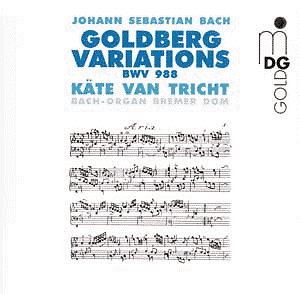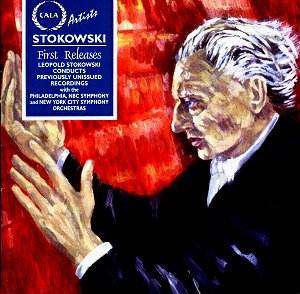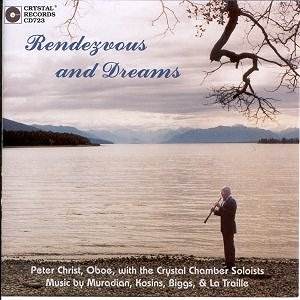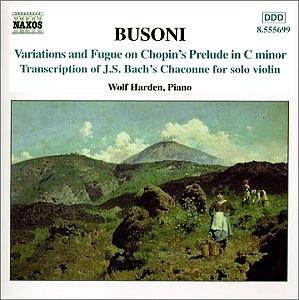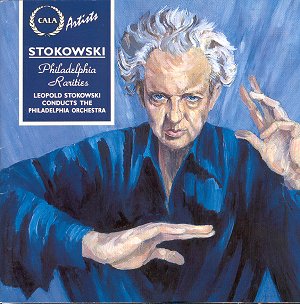 Composer: Leopold Stokowski
Composer: Leopold Stokowski
Works: Two Ancient Liturgical Melodies – Veni Creator Spiritus and Veni Emmanuel; Spanish Dance from La Vida Breve (Manuel de Falla); Gypsy Dance Op. 55 No. 5 “Sacred Mountain” (Joaquin Turina); The Raven (Arcady Dubensky, arr. Hidemaro Konoye); Etenraku – Ceremonial Japanese Prelude (Hidemaro Konoye); The Legend of the Arkansas Traveller, Dance of the Workers, Rhumba from Symphony No. 2 (Harl McDonald); Bali – Symphonic Variations (Henry Eichheim); Concerto for Two Pianos and Orchestra (Harl McDonald); Manhattan Beach and El Capitan (John Philip Sousa)
Performers: Philadelphia Orchestra; Alexander Hilsberg, violin; Jeanne Behrend and Alexander Kelberine, pianos; Benjamin de Loache, narrator
Recording: Recorded between 1929 and 1940
Label: CALA CACD 0501
Leopold Stokowski’s legacy as a transformative figure in the American orchestral landscape is vividly encapsulated in this exceptional compilation of rarities. The recordings, produced during the golden age of the Philadelphia Orchestra, exemplify not only Stokowski’s visionary interpretations but also his pioneering spirit in exploring a diverse repertoire. This collection is particularly noteworthy for its blend of Western classical traditions with exotic influences, reflecting the conductor’s fascination with the broader musical world.
The album opens with Stokowski’s arrangement of “Veni Emmanuel,” a piece that has become emblematic of his lush orchestral style. The arrangement commands attention with its deep, resonant bass lines and the soaring, seamless lines of the violins, creating a tapestry of sound that envelops the listener. This sonic richness is a hallmark of the so-called “Philadelphia Sound,” a term that describes the orchestra’s distinctive blend of warmth and clarity. The way the brass interjects with a coiled amplitude is particularly striking, showcasing Stokowski’s ability to balance orchestral forces while retaining clarity of texture.
The dance movements by de Falla and Turina display Stokowski’s remarkable flexibility with rhythm. The Spanish Dance from La Vida Breve is imbued with a vibrant energy that propels the music forward, while the Gypsy Dance reveals the conductor’s adeptness at manipulating the nuances of dance rhythms, emphasizing both the wild abandon and lyrical charm inherent in the works. Stokowski’s interpretative choices breathe life into these pieces, allowing their folkloric roots to resonate with contemporary urgency.
Perhaps one of the most intriguing inclusions is Arcady Dubensky’s “The Raven,” featuring a compelling narration by Benjamin de Loache. The orchestral fabric is saturated with Tchaikovskian influences, from shivering supernatural arpeggios to expansive melodic lines that capture the poem’s gothic essence. The historical significance of this work is underscored by its rarity; recorded on 35mm optical film, it allows listeners a rare glimpse into the performance practices of the early 1930s. De Loache’s narration is both commanding and expressive, complementing the orchestral palette crafted by Stokowski.
Hidemaro Konoye’s “Etenraku” offers a fascinating insight into Stokowski’s engagement with Eastern musical traditions. The orchestration is glistening and exotic, with textures that evoke the hypnotic allure of an Imperial procession. Stokowski’s sensitivity to the subtleties of this style shines through, as he expertly navigates the delicate interplay of orchestral colors, creating a sound world that is both enchanting and immersive.
Harl McDonald’s contributions, particularly the “Double Piano Concerto” and “The Legend of the Arkansas Traveller,” showcase a different facet of Stokowski’s versatility. The concerto is infused with an open-air spirit, characterized by lyrical themes and lively orchestral incidents that highlight the interplay between the two pianists. Meanwhile, the folk elements in “The Legend of the Arkansas Traveller” are rendered with a delightful exuberance, capturing the essence of American light music.
The recording quality, while historically significant, does present challenges; some sonic limitations are evident, with occasional top-end brightness that may detract from the overall listening experience. However, the vibrant performances and the meticulous attention to orchestral detail more than compensate for these drawbacks. Notably, the absence of matrix or issue numbers leaves a gap in the historical context that would have enriched the listener’s understanding of these recordings.
This collection not only affirms Stokowski’s role as a champion of diverse musical expressions but also serves as a testament to the Philadelphia Orchestra’s artistry under his baton. The breadth of repertoire—from liturgical melodies to lively dances and evocative narrations—provides a captivating exploration of the early 20th century’s musical landscape. The disc is a treasure trove for both scholars and aficionados, offering insights into a conductor whose innovative spirit shaped the trajectory of American orchestral music. It is a compelling reminder of the enduring power of orchestral sound and the imaginative possibilities that lie within it.
